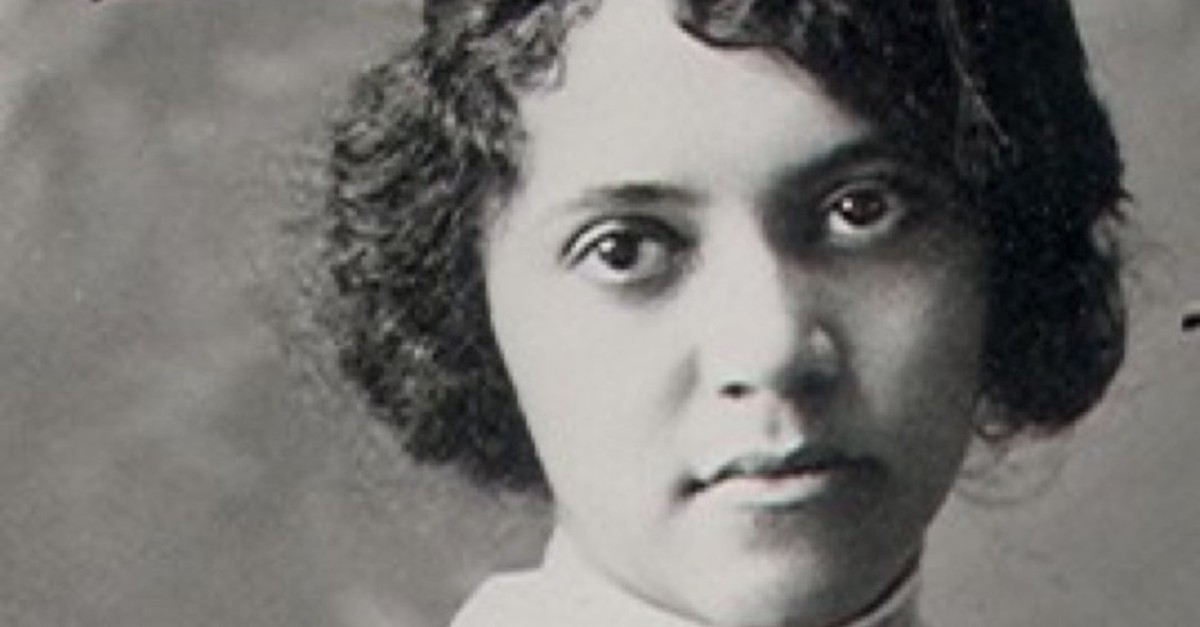February can be a hectic month. If you live in the Northern Midwest (like me), the weather is constantly fluctuating between temperate sunlit days and wild, apocalyptic blizzards. At school, the curriculum is just starting to pick up steam after a long hiatus of winter holidays. However, educators still need to make plans for relevant topics like Valentine’s Day, the Olympics, or the Superbowl. Above all though, it’s important for educators to remember that February is also Black History Month.
Black History Month is the perfect opportunity to introduce our students to remarkable, inspirational, and often-overlooked stories from the past. While I’ve previously written about African American authors who changed the landscape of literature, today I’d like to highlight those individuals who made great strides in the field of STEM. It’s no exaggeration to say these amazing thinkers literally changed our world for the better. In fact, their work has become an invaluable part of our everyday life. So, to help your students celebrate Black History Month, here are just a few extraordinary individuals who shaped our knowledge of STEM:
Notable Names
- Alice Ball – Alice Augusta Ball was an American chemist who developed one of the most effective treatments for leprosy in the early 20th century. At the time, leprosy was a highly stigmatized disease with virtually no chance of recovery. People diagnosed with leprosy were exiled to the Hawaiian island of Molokai with the expectation that they would simply die there. Thanks to Ball, an injectable treatment was created which helped save countless lives. Ball was also the first woman and first African American to receive a master’s degree from the University of Hawaii, as well as the university’s first female and African American chemistry professor.
- Garrett Morgan – Garrett Morgan was a prolific engineer whose inventions had a powerful effect on American life. Morgan was particularly invested in his local community, and many of his inventions reflected his desire to fix the problems his neighbors faced on a day-to-day basis. For instance, after witnessing a carriage accident at a particularly problematic intersection, Morgan developed one of the first three-way traffic lights to help make traffic safer. He also created one of the earliest gas masks, an invention that he and his brother used themselves to rescue stranded construction workers after a natural gas explosion.
- Euphema Lofton Haynes – Martha Euphemia Lofton Haynes was an American mathematician and educator, as well as the first African American woman to earn a PhD in mathematics. Haynes was instrumental to the betterment of the American school system. Not only did she teach in public schools for 47 years, but she also advocated against systems which discriminated against African American students and left them unprepared for college. Later, she would become chair of the Division of Mathematics and Business Education at the University of Columbia, a department she created for training African American teachers.
- Lonnie Johnson – Lonnie Johnson was an American entrepreneur and aerospace engineer who spent several years working for the United States Air Force and NASA. Johnson first became interested in engineering as a child when he encountered toy rockets. His curiosity would ultimately propel him to a successful career in science where he worked to create more effective jet propulsion systems. However, Johnson is perhaps best known as the inventor of the Super Soaker – one of the best-selling toys of all time!
Just Getting Started
If you enjoyed learning about these fascinating individuals, be sure to check out Blue Apple’s free Timely Topic: Celebrating Black History Month. This downloadable resource consists of four, fun inquiry-based lessons which teach students about the remarkable contributions of Black Americans and their impact on history. So, take this opportunity to celebrate with your students. There’s no better time to recognize the countless influential figures who shaped our understanding of science, technology, engineering, and math.
*Image of Alice Ball courtesy of Wikimedia Commons.

